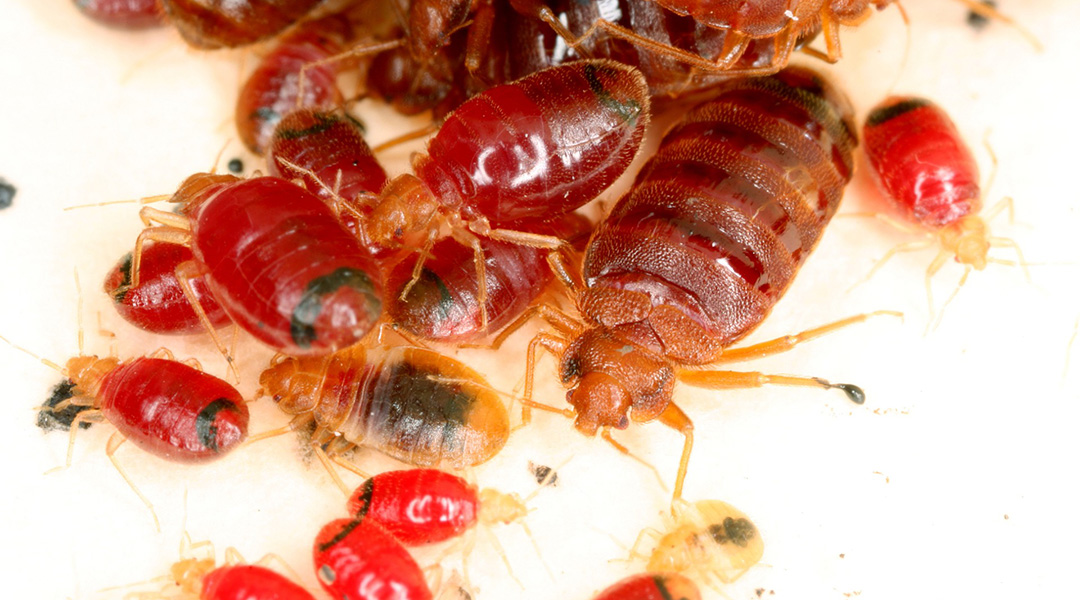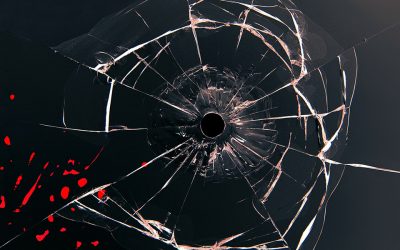Forensic science has long relied on insects to solve cases, from estimating time of death to tracking corpse movement. Now, a new proof-of-concept study reveals the potential of bed bugs — wingless, blood-sucking pests — as a source for human DNA in criminal investigations, helping link suspects to crime scenes.
“Insects play a crucial role in forensic investigations, particularly in estimating the post-mortem interval, providing toxicological information, investigating the origin (primary crime scene) of a body, and facilitating the identification of foreign DNA,” explained Paola Magni, a researcher at Murdoch University who was not involved in the study.
“While blowflies and carrion beetles are typically the focus due to their early colonization of decomposing remains, the scope of forensic entomology is much broader, encompassing many other insect species and arthropods,” she said.
Putting bed bugs to work
Bed bugs (Cimex lectularius) are wingless parasites that feed on vertebrate blood at all stages of their life cycle, irrespective of sex. Bed bugs travel on clothes, shoes, and furniture through various modes and typically spread in a passive manner. Without wings, any bed bugs found on carpets, beds and other furniture at a crime scene would be less likely to have arrived after the incident.
Khalid Lodhi, a researcher at Fayetteville State University in the US, and his colleagues set out to see if human blood ingested by bed bugs found at crime scenes could be used to identify a suspect and/or victim’s DNA.
Bed bugs habitually feed at night, consuming a full meal from a single host. On the rare occasion that mealtime is interrupted, the insect may switch to a different host. This means that any blood found within a bed bug could have been sourced from two different people.
A single meal can often be sufficient for the insect to advance to its next life stage as well as produce eggs for up to two weeks. So, mixing of blood from several hosts is unlikely, making DNA identification more definite.
DNA present in blood meals
For their experiments, the researchers supplied bed bugs with either male blood or pooled blood from a male and female for 30 minutes. After 12 to 108 hours, they collected the bed bugs to examine both blood and DNA in the blood meal.
The researchers used Rapid Stain Identification, a commonly used diagnostic kit designed to quickly and accurately detect biological materials, like blood, in forensic samples. For every collection time and type of blood, pooled or not, the kit identified human blood in bed bug remains. With increase in time from the blood meal, the intensity of the positive test decreased.
To identify and analyze the human DNA present in the blood meal, the research team looked at specific stretches of DNA found on the Y-chromosome, present in males alone. These regions of the chromosome, called Y-chromosome-specific short tandem repeat (STR) markers, can be specific to a male individual, allowing for DNA identification.
By using this method, forensic scientists can completely exclude female DNA, which is more abundantly sampled in cases of sexual assault and could otherwise muddy any test results.
As the bed bug digests its meal, the amount of DNA available for analysis decreases. The researchers collected the most reliable quantities of DNA at 12 hours after the meal. But even up to 108 hours, they were able to successfully find male DNA in a single bed bug. “Since insects are cold-blooded, the rate of blood meal digestion will be affected by the ambient temperature,” Lodhi explained.
A largely overlooked source of evidence
The researchers compared DNA extracted from the bed bugs at various times following the blood meal to the reference DNA from the blood sample. They were looking to identify complete or partial matches for the different collection times and blood meal types.
They found complete profiles from bed bugs fed only male blood up to 72 hours after the meal and for those fed on pooled blood up to 60 hours after. Beyond these times, only partial profiles could be analyzed. However, even these partial profiles could help rule out suspects.
“These results highlight the potential of a largely overlooked source of human blood as well as human genomic DNA at a crime scene, and investigators should consider collecting bed bugs if encountered,” said Lodhi. In such a scenario, forensic analysts could identify the presence of human blood, male DNA and possibly, the identity of a male suspect.
“The method put forth in this proof-of-concept study could be applied in criminal investigations by utilizing current biomolecular technology to address one of the most historical issues connected with human and low hygienic conditions — bed bugs,” said Magni. “With several cases of suspicious deaths occurring in environments with poor hygiene, the information in this paper will likely be useful for investigating real cases, helping to provide forensic evidence in locations where such conditions exist.”
However, Lodhi cautioned that more research is needed to better understand all the different variables affecting blood meal consumption and bed bug collection from a real crime scene. For instance, the life stage of the bed bug, number of hosts, location of insect collection and storage of the bugs could all affect the quantity of blood and quality of DNA available for analyses.
“Future research should focus on replicating the study under real-world conditions, accounting for the environmental, chemical, and biological dynamics that affect crime scenes,” added Magni. “This includes examining the impact of variable temperatures, humidity, and storage methods on DNA recovery and degradation.”
Reference: Khalid M. Lodhi, et al., Bed bugs, Cimex lectularius: Undercover agents in forensic investigations, Journal of Forensic Sciences (2024). DOI: https://doi.org/10.1111/1556-4029.15638
Feature image credit: Benoit Guenard/Dr. Coby Schal Lab












